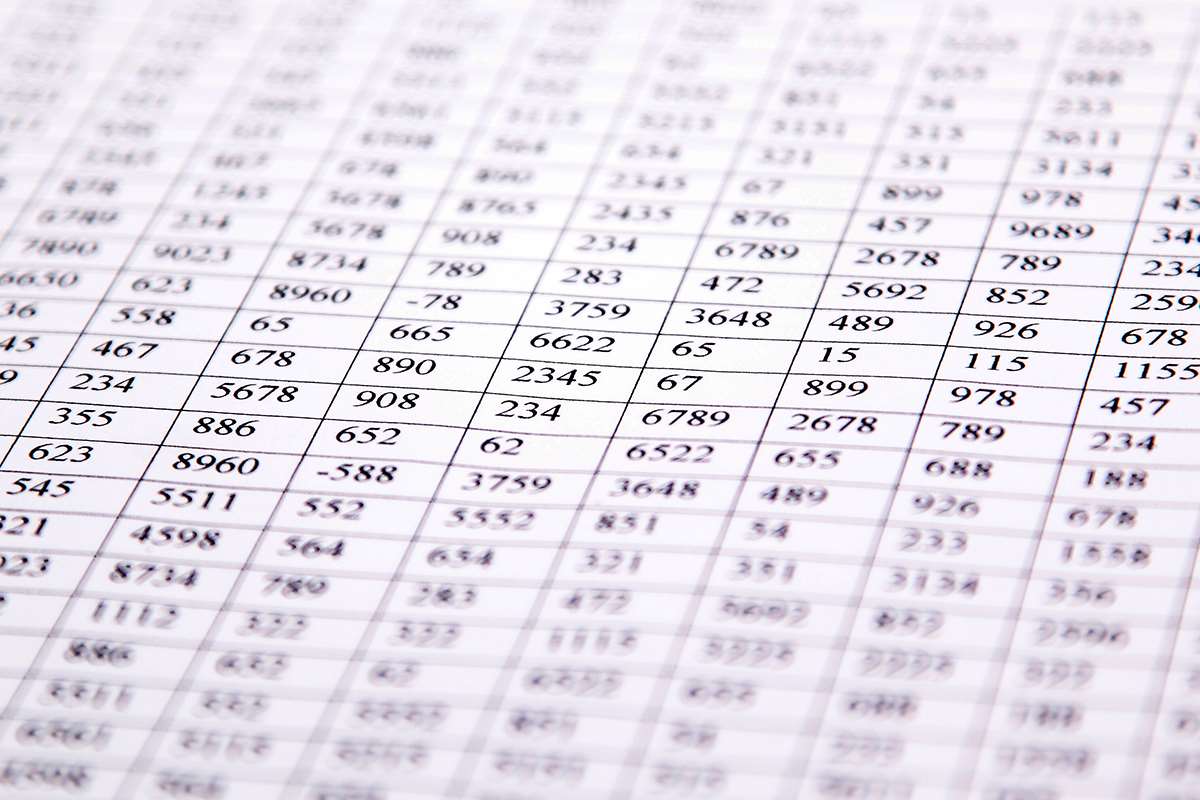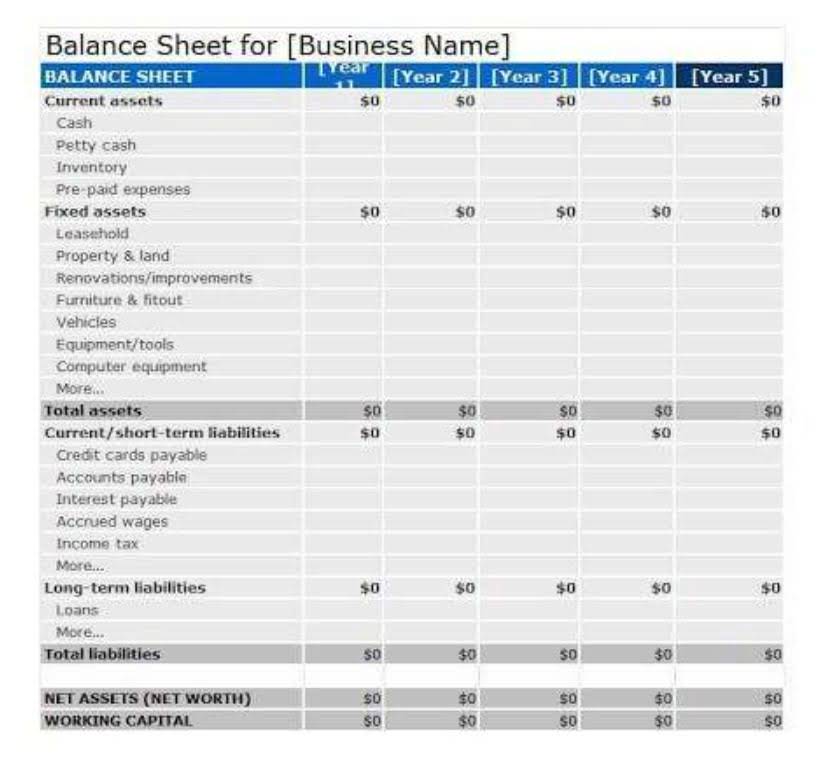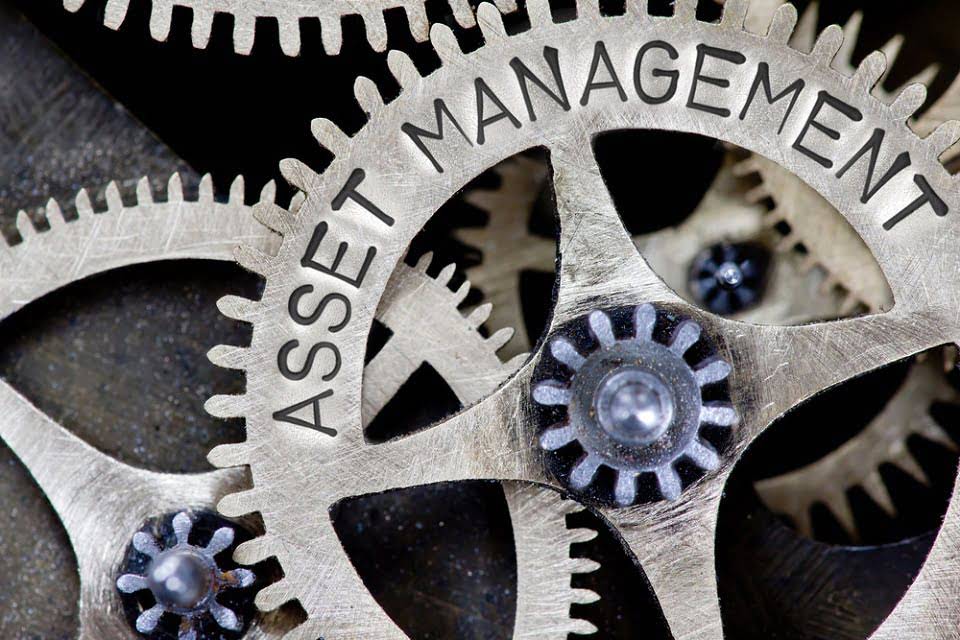
Accounts payable is the firm’s largest current liability, which is often the case among most businesses. Accounts payable are essentially several bills awaiting payment that have not yet been settled. The company’s liabilities are displayed in the middle half of the firm’s balance sheet. Liabilities are debts and obligations of the business they represent as creditor’s claim on business assets. Liabilities in financial accounting need not be legally enforceable; but can be based on equitable obligations or constructive obligations.

Ask Any Financial Question

A liability is anything that’s borrowed from, owed to, or obligated to someone else. It can be real like a bill that must be paid or potential such as a possible lawsuit. A company might take out debt to expand and grow its business or an individual may take out a mortgage to purchase a home. A liability is generally an obligation between one party and another that’s not yet completed or paid. A customer uses the credit card to purchase an item that they do not have the cash for at that moment but will pay off in full later on. The debt incurred by the credit card is a liability because the business is obligated to repay all funds spent with interest.
- The business then owes the bank for the mortgage and contracted interest.
- Current liabilities can include things like accounts payable, accrued expenses and unearned revenue.
- In a sense, a liability is a creditor’s claim on a company’ assets.
- This can give a picture of a company’s financial solvency and management of its current liabilities.
How are liabilities related to assets and equity?
Liability can also refer to one’s potential damages in a civil lawsuit. Yarilet Perez is an experienced multimedia journalist and fact-checker with a Master of Science in Journalism. She has worked in multiple cities covering breaking news, politics, education, and more. Her expertise is in personal finance and investing, and real estate.

How to Recognize a Liability
The analysis of current liabilities is important to investors and creditors. For example, banks want to know before extending credit whether a company is collecting—or getting paid—for its accounts receivable in a timely manner. On the other hand, on-time payment of the company’s payables is important as well. Both the current and quick ratios help with the analysis of a company’s financial solvency and management of its current liabilities. Long-term liabilities are a company’s financial obligations that are due more than one year in the future.
Accounts Payable
For example, a business looking to purchase a building will usually take out a mortgage from a bank in order to afford the purchase. The business then owes the bank for the mortgage and contracted interest. We use the long term debt ratio to figure out how much of your business is financed by long-term liabilities. If it goes up, that might mean your business is relying more and more on debts to grow. AP typically carries the largest balances because they encompass day-to-day operations. AP can include services, raw materials, office supplies, or any other categories of products and services where no promissory note is issued.
Liability (financial accounting)
Assets include inventory, machinery, savings account balances, and intellectual property. For example, buying new equipment may mean taking out a loan to finance the purchase. Using Apple’s balance sheet from 2023, we can see how current and non-current liabilities commonly appear on financial statements.

- She has more than five years of experience working with non-profit organizations in a finance capacity.
- The current portion of long-term debt is separated out because it needs to be covered by liquid assets, such as cash.
- For instance, if a company rarely uses short-term loans, it may group those with other current liabilities under an “other” category.
- In conclusion, liabilities play a crucial role in business operations, as they represent the financial obligations a company has to its employees, suppliers, lenders, and other stakeholders.
- Assets are what a company owns or something that’s owed to the company.
- Finance Strategists has an advertising relationship with some of the companies included on this website.
For example, businesses have the obligation to pay their employees just compensation. Hence, businesses are liable to pay salaries and wages to their employees after the employees have performed their duties. A person or business can also be held liable from a legal standpoint; therefore, liability insurance is frequently purchased as a form of financial protection. If an individual, company, or government’s annual debts exceed their annual income, one may conclude liabilities are “not good” in that instance.
Create a Free Account and Ask Any Financial Question

Possible contingent liabilities should at least be noted in the footnotes of the company’s financial statements, though. Contingent liabilities are a special type of what is liabilities in accounting debt or obligation that may or may not happen in the future. The most common example of a contingent liability is legal costs related to the outcome of a lawsuit.
- Current liabilities can also be settled by creating a new current liability, such as a new short-term debt obligation.
- For example, a liability can be as simple as an I.O.U. to a friend or as big as a multibillion dollar loan to purchase a tech company.
- In this case, your business has an obligation to do something for or to give something to another person or entity.
- Banks, for example, want to know before extending credit whether a company is collecting—or getting paid—for its accounts receivable in a timely manner.
- It’s a long-term liability if a business takes out a mortgage that’s payable over a 15-year period but the mortgage payments that are due during the current year are the current portion of long-term debt.
Current Liabilities vs. Long-Term
The company’s assets are listed first, liabilities second, and equity third. Long-term liabilities are presented after current liabilities in the liability section. Non-current liabilities can also be referred to as long-term liabilities. They’re any debts or obligations that your business has incurred that are due in over a year. Businesses will take on long-term debt to acquire new capital to purchase capital assets or invest in new capital projects. Current liability accounts can vary by industry or according to various government regulations.
Liability: Definition, Types, Example, and Assets vs. Liabilities
Disclosures related to the liabilities of National Distillers and Chemical Corporation are illustrated below. Liabilities are probable non-ownership claims against a business firm. Liabilities must arise from events that occurred in the past and are expected to be satisfied in the future. There are three primary classifications when it comes to liabilities for your business. Contingent liabilities are those liabilities that may or may not arise depending on the outcome of a future event. There is a lot involved when making the decision to purchase insurance for your business.
This entry was posted on Wednesday, January 10th, 2024 at 6:55 pm
You can follow any responses to this entry through the RSS 2.0 feed.
Posted in: Bookkeeping
